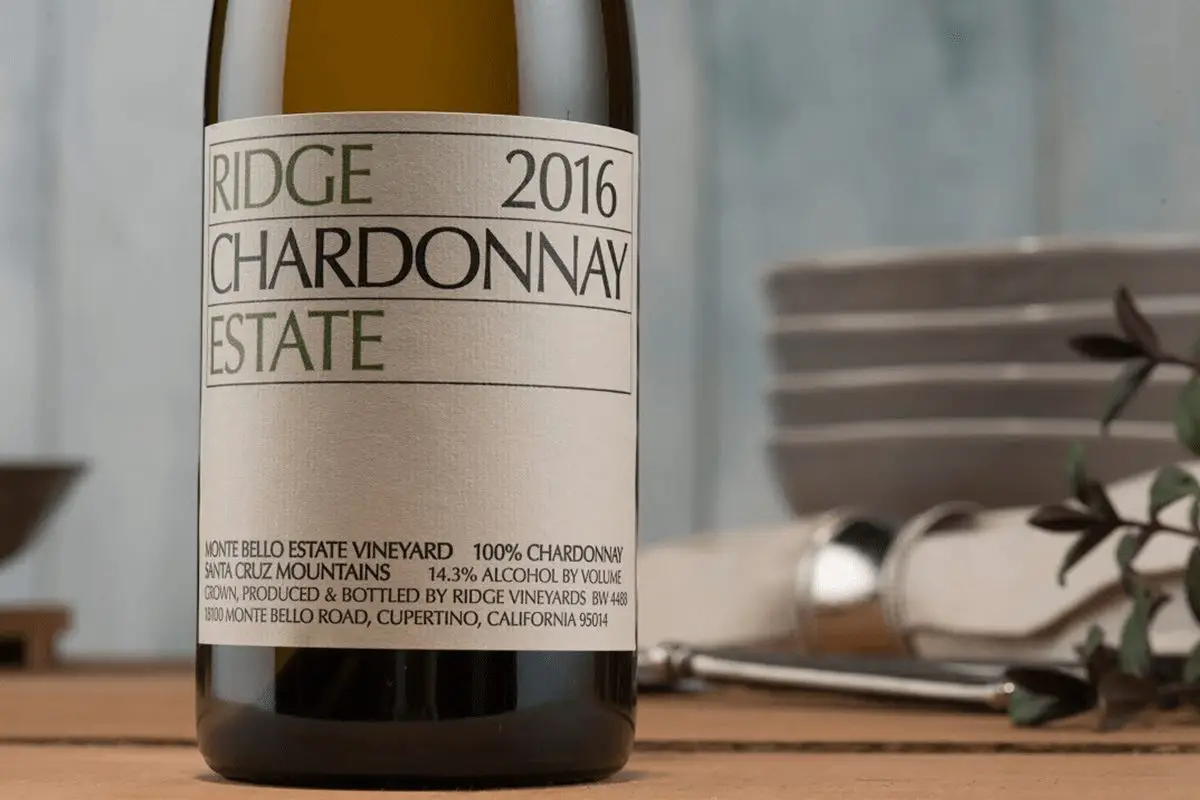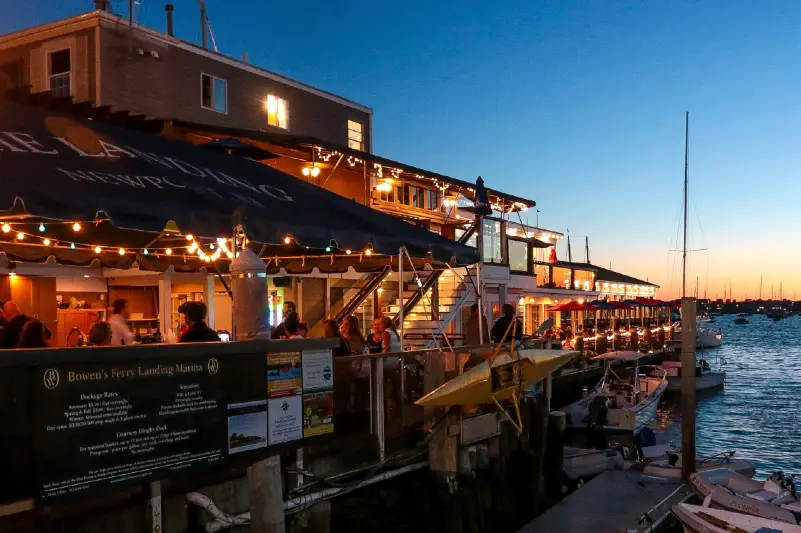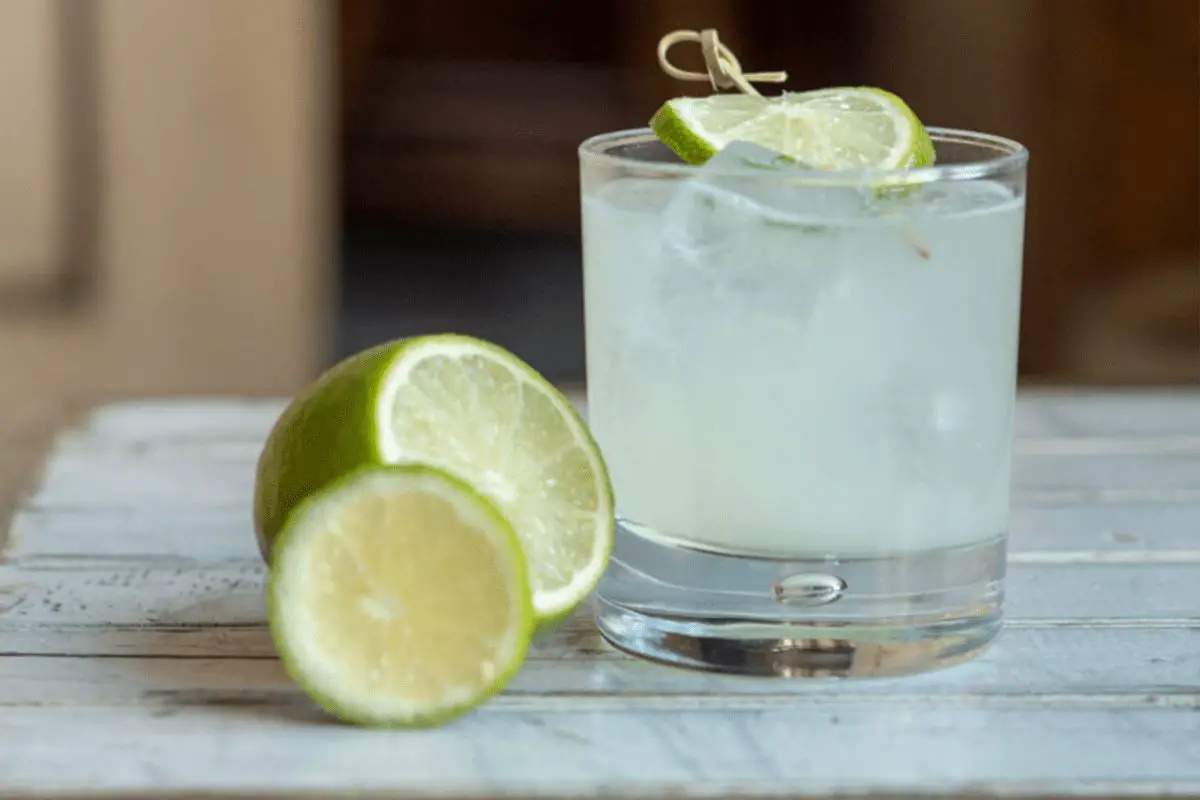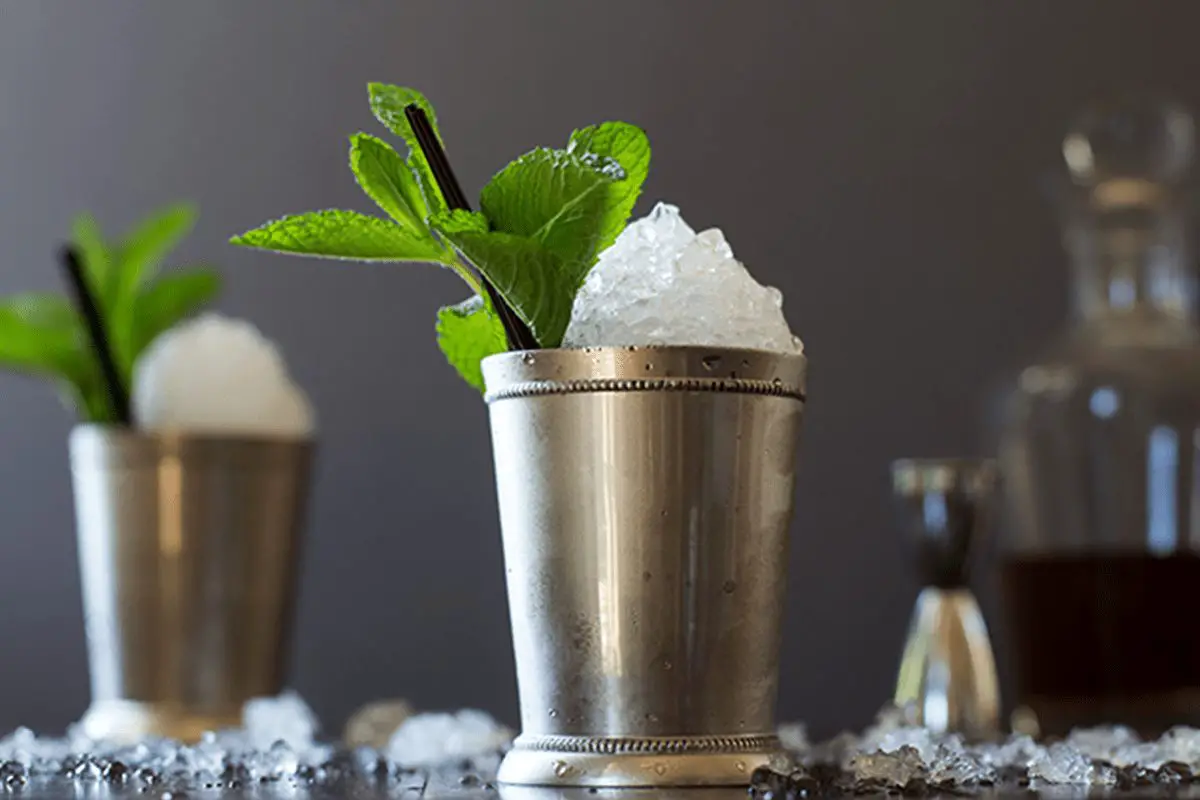The term “shoulder season” is most commonly used in the travel business, referring to a period of time between the high and low seasons of a vacation destination. In the wine world, a similar transitional period exists when the changing of the seasons can cause our preference in wine to change. For many wine drinkers the winter months are reserved for bigger and bolder reds, like Cabernet Sauvignon and Merlot, while the warm summer months call for more refreshing, flinty white wines, like Sancerre or Pinot Grigio. But what about the period of time between these two extremes? This “shoulder season,” if you will, lends itself to myriad wine styles. Indeed, the fall is a great time to try many types and styles of wine, particularly from the middle of the wine spectrum, where you’ll find lighter bodied reds and fuller bodied whites.
So why not deviate from your standard line-up this fall and try some styles of wine that perhaps you don’t always find yourself sipping on often.
Here are some shoulder season wines I like to usher in the fall weather.
Syrah
2015 Ramey Syrah, Rodgers Creek Vineyard, $65

David Ramey first fell in love with Syrah on a trip to the Northern Rhône in 1986. It was there that he met inspirations like Jean-Louis Chave of Domaine Jean-Louis Chave, Marcel and Philippe Guigal of É.Guigal, and Pierre-Marie and Olivier Clape of Domaine Auguste Clape who taught him how to capture the racy acidity and silky mouthfeel characteristic of cool-climate Syrah.
This Rodger’s Creek property, situated 800ft up the western slope of Sonoma Mountain, resides in Sonoma’s newest AVA, the Petaluma Gap. The cool climate that characterizes this region brings out the savory notes that define Syrah—peppercorn, cured meats and green olive.
Drawing on traditional Northern Rhône practices, David co-ferments Viognier and Syrah, adding between 5% and 15% Viognier to his Syrah grapes. The Viognier adds little to the flavor of the wine, but as it mingles with the Syrah creates a silky, rounder mouthfeel; it makes it more “Syrah-like.” This practice was trendy a few decades ago but since has fallen out of popularity in the New World, but David holds to this traditional practice, feeling it creates the best possible texture for his wines.
Red Rhone-Style Blends
2017 Beckmen Vineyards Cuvee Le Bec, Santa Ynez Valley, $25

While Syrah can certainly stand on it’s own it also plays nicely with others. Just ask the French who have been blending Syrah with other Rhone varietals for the past century. But you can’t blend multiple varietals if you can’t grow them first. California, with its many micro-climates and soil types is ideal for growing a number of different Rhone varietals. And the folks at Beckmen in the Santa Ynez Valley are seasoned veterans in this area.
The Beckmen Cuvee Le Bec is a blend of 47% Syrah, 34% Grenache, 11% Mourvedre and 7% Counoise, with partial whole cluster fermentation. The 2017 vintage marks the 20th Anniversary of Cuvee Le Bec. It is a judicious blend of grapes from both the Purisima Mountain Vineyard and the Los Olivos Vineyard in order to express the unique terroir of both estates. A blend of 47% Syrah (Purisima Mountain), 34% Grenache (Purisima and Winery Estate Vineyards), 11% Mourvedre (Purisima Mountain) and 7% Counoise (Purisima Mountain), the 2017 explodes out of the glass with red and black fruits, baking spices, pepper, violets, and licorice aromas and flavors. If you’re into score, the Cuvee le Bec has not only garnered high scores (90+) and acclaim from the wine media but also has been consistently mentioned as one of California’s greatest wine values from Wine Spectator, Wine Advocate and others.
If you prefer Rhone reds that are actually from the Rhone Valley, try the Famille Perrin Cotes du Rhone Villages Rouge 2017($15). Exhibiting black fruits, smoked meats and some spice, it’s a classic example of the southern Rhone valley. And at 15 bucks it’s a steal!
Zinfandel
2016 Frank Family Zinfandel, Napa Valley, $38

Long gone are the days when you had to explain to your friend or significant other that Zinfandel is in fact a red wine and not the blush colored stuff in 2 liter jugs on bottom shelf at the grocery store. In fact, Zinfandel’s quality has consistently increased over the past decade in California. This time of year, when it’s still comfortable to grill outside, but you may crave a wine with a bit more kick, Zinfandel always comes to mind.
For their Napa Valley Zinfandel (a perennial favorite amongst the winery’s team), Frank Family sources most of its fruit from longstanding grower contracts with the Nichelini family in the Chiles Valley (the oldest family-owned winery in Napa Valley) among a few others in Rutherford and Calistoga. Graff adds a very small percentage of Petite Sirah to the blend each year and eschews ripeness for balance, resulting in one of the yummiest food friendly summer wines. BBQ anyone? Try this food friendly Zin with anything from BBQ ribs to tomato-based dishes.
Full-bodied Italian Whites Wines
Donnachiara Grecco Di Tufo 2017, $15

I’ve been lucky enough to attend a number of Italian wine tastings and luncheons over the past year and it amazes me how diverse this country’s wine regions are with literally hundreds of varietals planted. Too often though their whites are overshadowed by the bigger, world renowned reds from Piedmont and Tuscany. And that’s too bad because Italian whites can be extraordinary food wines worthy of the featured act. Of course, this was not always the case. A couple decades ago Italian whites were much more simplistic and hard to differentiate from one another—if not downright boring. But technology and research in the vineyard—including experimentation with different clones planted to different soil types—has turned things around, giving Italian whites much more complexity and character.
As the cooler weather settles in and your dinner line-up skews a bit more to the decant side—along with your palette—a complex Italian white wine can prove ideal. While Friuli in the northeastern part of the country and Marche, along the Adriatic Coast, make some of the country’s best white wines, I’m going with Campania in the southwest for this one. Not only is Campania one of the best white wine producing regions in Italy, it also tends to produce whites wines with tremendous depth of flavor. For 15 bucks the Donnachiara Grecco Di Tufo, 2017—with stone fruit, tons of rich minerality and a long, long finish—is hard to beat.
White Rhone Blends
Texier Brezeme Roussanne Côtes-du-Rhône 2016, $24
Cooler weather doesn’t necessarily spell red wine for everyone, but it doesn’t scream Sancerre either. Richer white wines are actually a great fit for fall weather. And they pair well with the cornucopia of foods that accompany the fall harvest—from Nantucket bay scallops to butternut squash soup. I particularly love white wines from the Rhone Valley this time of year as I appreciate their richer flavors more so than in the summer heat.
A fickle grape to grow, when grown and vinified with meticulous care, Roussanne can produce a rich, complex, age-worthy wine. Texier is currently the only producer of Roussanne in Brézème, where he feels the cooler microclimate and soils help temper Roussanne’s natural fruit confiture-like tendencies.

New world wine regions, particularly in California and Washington, have also proven to have advantageous climates and soil types to grow white Rhone varietals. Sonoma’s Donelan specializes in Rhone-style wines and while they skew a bit on the expensive side, their Donelan “Venus” Roussanne/Viognier 2017, $45 Rhone blend is a relative value when you consider what the French counterparts in the Coindreu region run for. Comprised of 95% Roussanne and 5% Viognier, the 2017 is a classic edition of Venus with immediate honeysuckle and almond nougat on the nose.
Full Bodied Chardonnay
Ridge Estate Chardonnay 2017, $49

Full bodied Chardonnays may have a bit of a stigma these days as this description, for most people, translates to excessive butter and oak. Fair enough. But that is not always the case. In fact, California was making full bodied chardonnays long before the toasty, buttery style (thanks to plenty of time in oak barrels and the process known as malolactic fermentation) took hold in the 80’s and 90’s. California’s Central Coast is a perfect example. The cooler micro-climates in this region lead to a remarkably long growing season thanks to the afternoon fog that is ushered in, almost on a timer, and the cool pacific air that permeates the region. In short, the Central Coast provides a uniquely advantageous opportunity to grow Chardonnay with the kind of complexity that does not need much oak to provide full body. Their grapes’ long hang time does that.
Case and point Ridge’s Estate Chardonnay from their vaunted Monte Bello vineyard, high atop the Santa Cruz mountains. Monte Bello is known for their high limestone content, making the soil composition at Monte Bello a unique and important contributor to the wine’s distinctive character. The combination of elevation, cool climate, and soil produces a wine that is impeccably balanced and destined for long-term aging, with firm acidity and a consistent streak of minerality. The 2016 Ridge Estate Chardonnay exhibits tropical fruit flavors (pineapple, melon) are framed with lemon zinger, good acidity and just enough oak to make this a big, yet food friendly Chardonnay that never seems to disappoint, regardless of the vintage.
Note: Ridge released their 2017 Estate Chardonnay earlier this year and that may be what you will find in stores. In my opinion the 2017 is a bit more Burgundian and also wonderful. While the 2016 was considered a benchmark vintage for their chardonnay by many critics, the 2017 is a tremendous wine too and perhaps a bit more food friendly. You can’t go wrong with either vintage.
Pinot Noir
Bergstrom Cumberland Reserve Pinot Noir 2016 Willamette Valley, $45

Bergström consists of five estate vineyards totaling 84 acres that span across four of the Willamette Valley’s best appellations: The Bergström Vineyard, Silice Vineyard, Winery Block, Gregory Ranch and Le Pré du Col. All of their estates vineyards are in environmentally sensitive ways (no harsh chemicals or fertilizers) and the winery produces approximately 10,000 cases of premium Willamette Valley wine each year, including two Chardonnays and nine different Pinot Noirs.
The Cumberland Reserve is Bergström’s entry-level pinot noir, blended from most of their vineyards across 5 different AVAs. Usually the ripest tasting of their pinots, where the Cumberland lacks the others in sheer concentration it makes up for in overall approachability and balance. Raspberry, strawberry and black currant mingles with spice-box (compliments of light oak) and minerals and cranberry on the finish.



